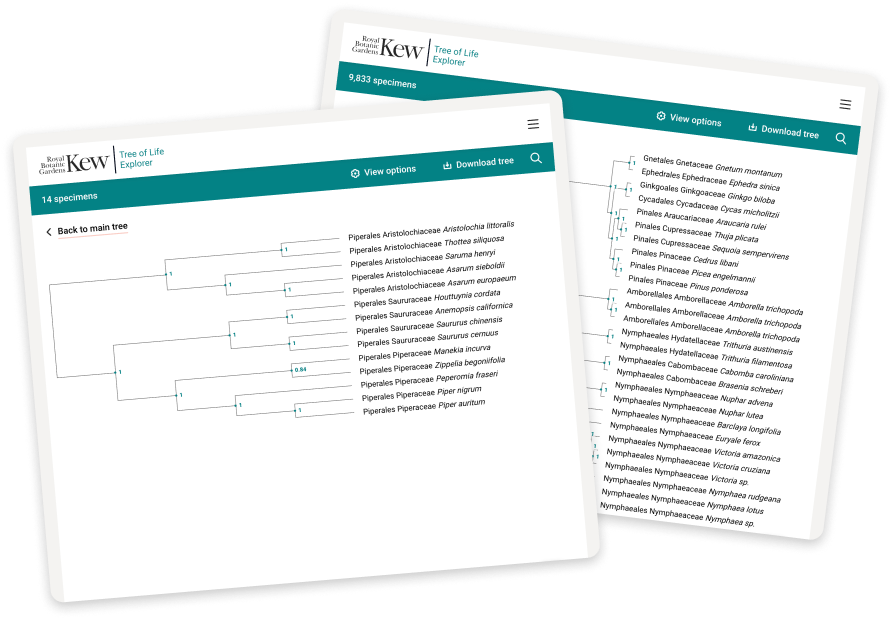Native to:
Alabama,
Argentina Northeast,
Argentina Northwest,
Argentina South,
Arizona,
Arkansas,
Bolivia,
Brazil South,
California,
Chile Central,
Chile North,
Connecticut,
Cuba,
Delaware,
District of Columbia,
Dominican Republic,
Ecuador,
Florida,
Georgia,
Haiti,
Honduras,
Illinois,
Indiana,
Japan,
Kansas,
Kentucky,
Louisiana,
Maine,
Maryland,
Massachusetts,
Mexico Central,
Mexico Gulf,
Mexico Northeast,
Mexico Northwest,
Mexico Southeast,
Mexico Southwest,
Michigan,
Mississippi,
Missouri,
Nevada,
New Brunswick,
New Hampshire,
New Jersey,
New Mexico,
New York,
North Carolina,
Nova Scotia,
Ohio,
Oklahoma,
Ontario,
Oregon,
Paraguay,
Pennsylvania,
Peru,
Prince Edward I.,
Puerto Rico,
Québec,
Rhode I.,
South Carolina,
Tennessee,
Texas,
Uruguay,
Utah,
Vermont,
Virginia,
Washington,
West Virginia,
Wisconsin



